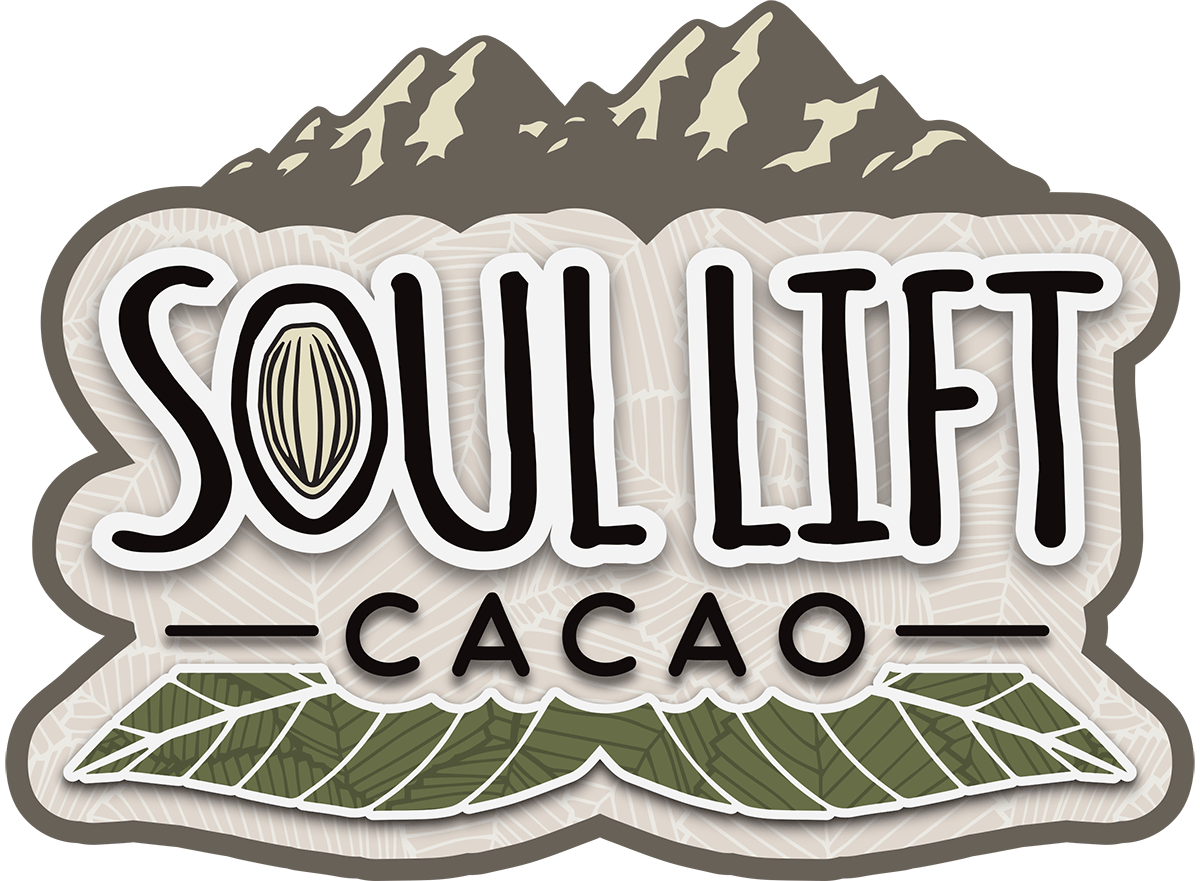Most people have heard of or tasted fermented foods. But fewer people know that fermentation is an important part of making cacao and chocolate.
The role that fermentation plays is different than in foods like kimchi. For example, chocolate doesn't have a "pickled" flavor.
It's not really the cacao seeds (aka "beans") that are fermenting, but the white pulp that grows between the seeds and the inside of the cacao pod.

This pulp is actually the fruit of the cacao tree! It is slightly sweet and tangy, and when it's exposed to air, fermentation naturally begins.
It probably first happened when a bird or other animal broke open a pod while it was still on the tree. (The pods don't fall on their own, so it's different than an apple tree.)
Now there are many ways to intentionally handle cacao fermentation. Just like with everything else about cacao, there's no single "right" way to ferment.
Historically, people most likely used the "heap" method, where the seeds and pulp are simply laid in a pile on top of the large leaves of the banana tree or "maxan" (pronounced Mah-shan) plant, and then covered by more leaves.
Now the most common traditional practice is to empty the seeds and pulp into wooden crates that have been lined with maxan leaves. The seeds are stirred daily and go through both aerobic (oxygen-driven) and anaerobic processes. The seeds warm up due to the chemical reactions.
At this time the seeds take on a subtle vinegar smell due to the fermentation.

Fermentation is important for a few reasons:
1) It stops the seeds from germinating, which would otherwise lead to it sprouting in an attempt to grow a baby cacao tree.
2) It breaks down the tannins that create the intense bitterness of raw, unfermented cacao.
3) It has a huge impact on the eventual flavor and aroma of the finished cacao.
This is why chocolate-makers are very specific about the manner and length of time that cacao is fermented if they're going to use it as a source.
At Soul Lift Cacao, we don't prefer a specific fermentation length in all cases. We see it as more of an aspect of each variety of cacao. We've tasted cacao from the same farm that was fermented for different lengths of time and noticed a surprising difference.
That's the case with Fuego and Siguacan cacaos, which are grown at the same farm but are fermented for 3 and 9 days, respectively.
It's not that Fuego simply tastes "more bitter" than Siguacan. We describe Fuego as having a dark, clear profile with a hint of lime flavor, whereas Siguacan has an earthy, complex profile with occasional notes of coffee.
Tasting these two back-to-back can give a great impression of why cacao fermentation really matters.
The fermentation lengths are listed on the product page for each pure cacao variety we carry.
And to help you examine all the info, we also made this chart that shows how long each type of cacao is fermented.
If you have more questions about our cacao, please Contact Us and we'll be happy to help!


